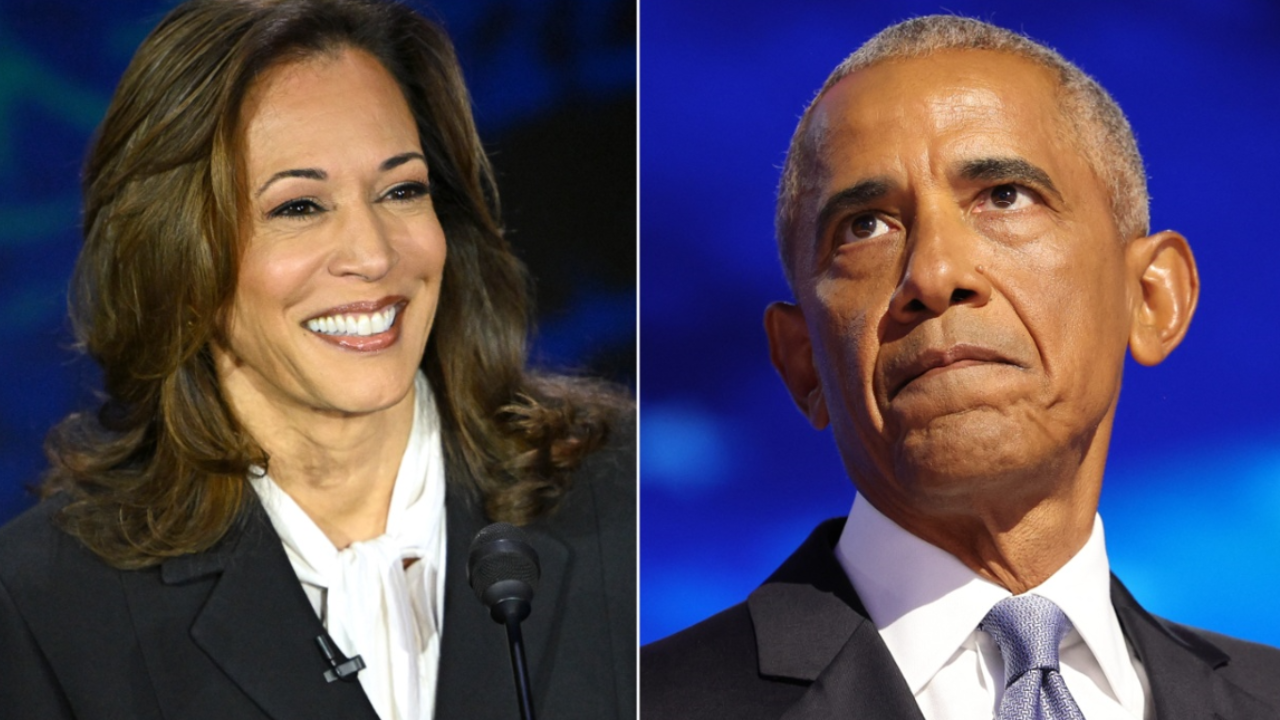Justin Sullivan/Getty Images
Tesla posted its financial results for the third quarter of 2023 on Wednesday afternoon. It’s not been the best three months for the company—Tesla is still profitable, but its margins are shrinking, and its expenses are rising, both consistent trends since the start of the year. It also delivered fewer cars than in Q2 and will need to find homes for nearly half a million more EVs by the end of the year if it’s to keep to its target of 1.8 million cars in 2023.
Tesla brought in $23.4 billion in total revenue for Q3 2023, a 9 percent increase year over year. But gross profits are down 22 percent year over year, with net income decreasing 44 percent, despite Tesla selling more than 90,000 electric vehicles in Q3 2023 than Q2 2022. Tesla has engaged in several rounds of price cuts in the US and abroad and says that currency fluctuations also cost the company $400 million.
But there were some bright spots on the balance sheet. Automotive regulatory credit revenues doubled to $554 million for Q3, and its energy generation and storage business, as well as its services, increased their revenues slightly. Tesla has also increased its R&D spending to $1.2 billion. Tesla’s cash, cash equivalents, and investments also grew by $3 billion to $26.1 billion. And the company says it continues to reduce the cost of goods sold per vehicle.
Tesla says that factory upgrades have affected profitability for this quarter, as have increased operating expenses associated with the company’s highly controversial partially automated driving assistance technology as well as the long-delayed Cybertruck. On that front, Tesla’s slide deck says that Cybertruck deliveries will begin next month.
Analysts had predicted slightly better results than these. “Tesla delivered an underwhelming quarter, with a big miss on free cash flow standing out the most. I don’t think the price cuts are over, mainly for the reason that demand is still weak,” said Jesse Cohen, a senior analyst at Investing.com.
“Investors were left wanting more from Tesla, which is held to a higher standard than every other automaker. Tesla’s worrying China sales figures indicate demand for its vehicles is slowing more than expected in the face of rising competition from local EV companies, including BYD, Nio, and XPeng,” Cohen said.
Tesla says it still expects to deliver 1.8 million EVs this year, requiring it to sell almost 496,000 cars. It says that it has ample liquidity to fund its plans and that it will “manage the business such that we maintain a strong balance sheet during this uncertain period.”















/cdn.vox-cdn.com/uploads/chorus_asset/file/25439572/VRG_TEC_Textless.jpg)





